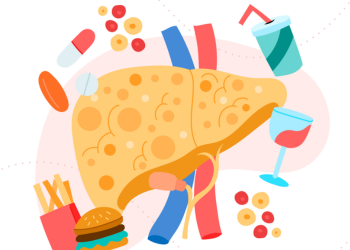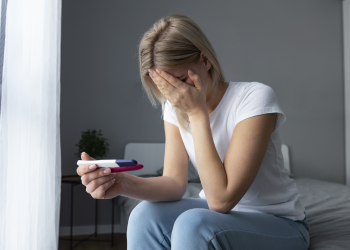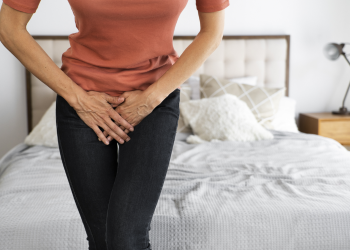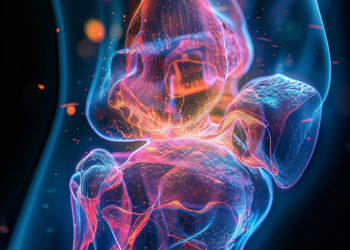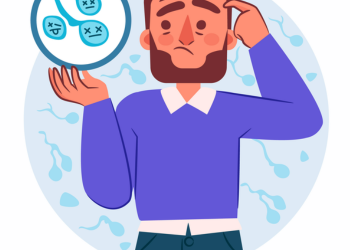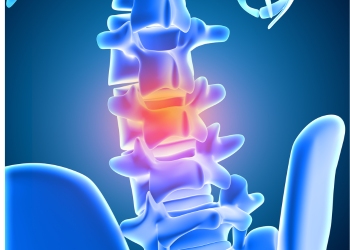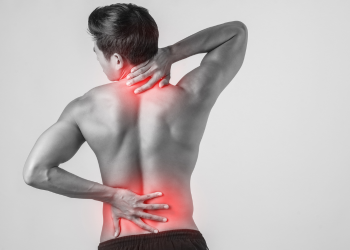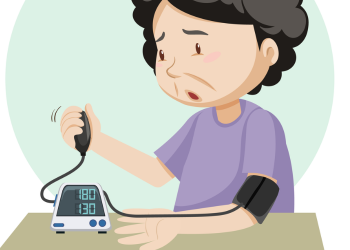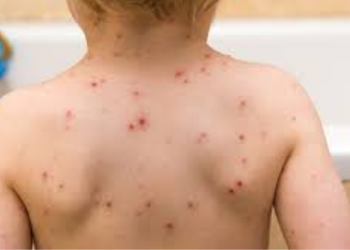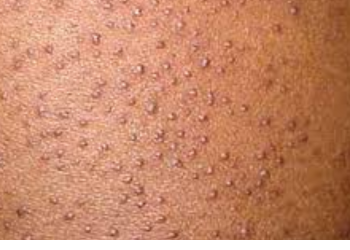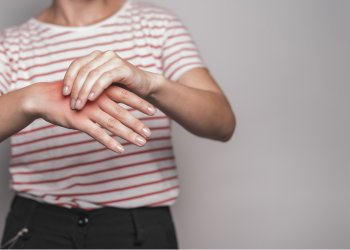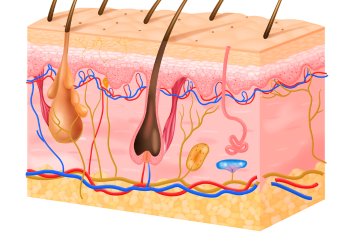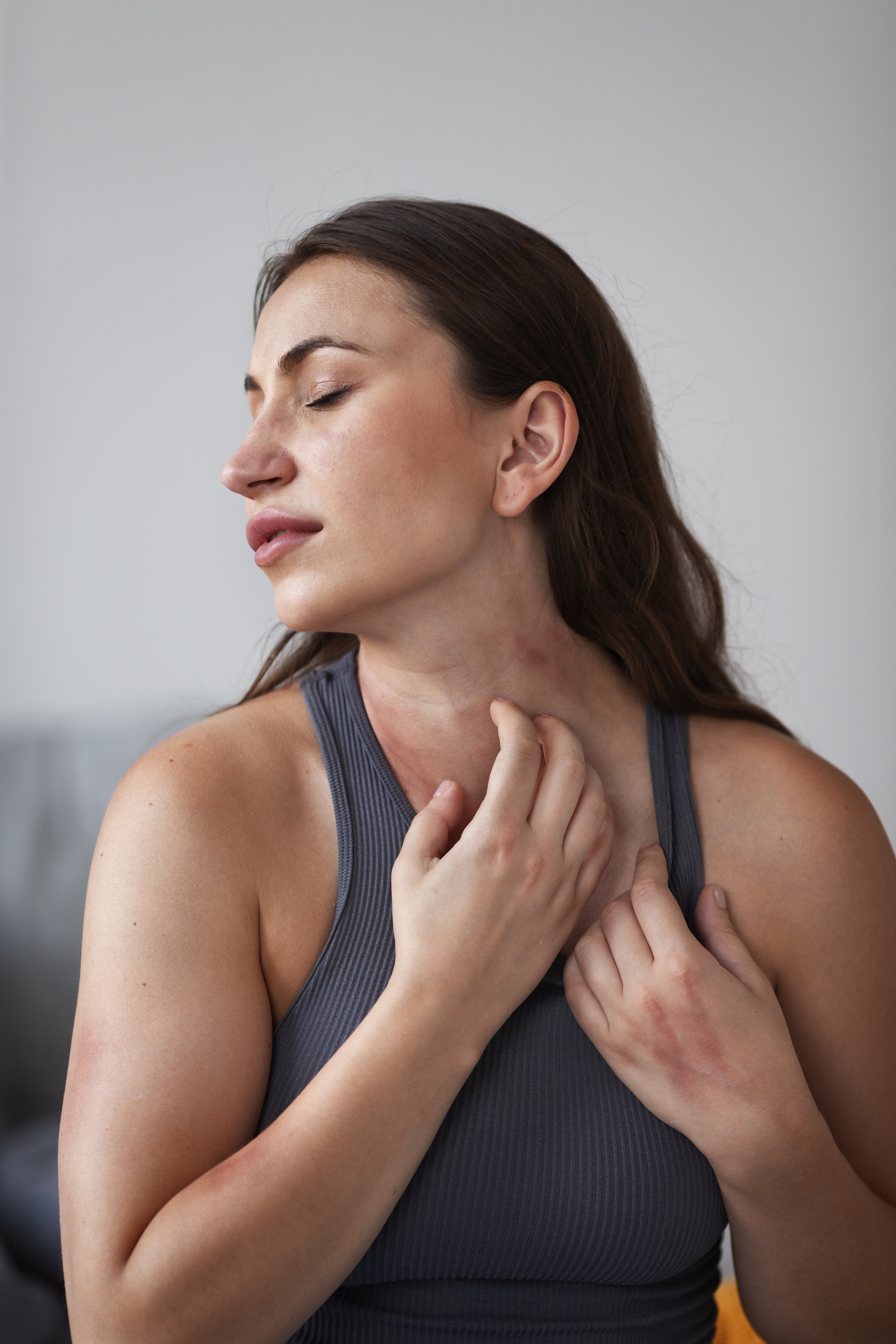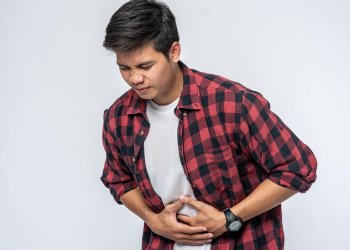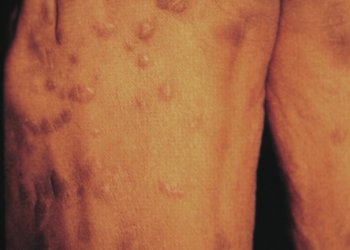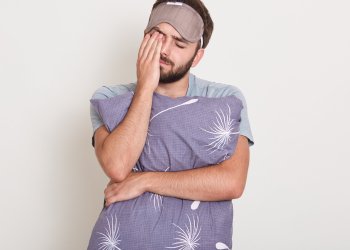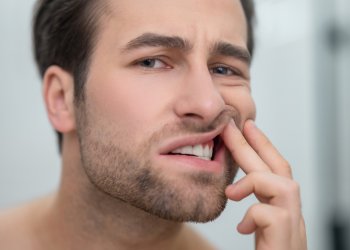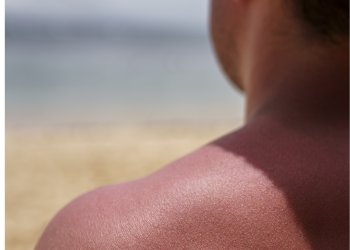
Sunburn is inflamed, painful skin that feels hot to the touch. It often appears within a few hours of being in the sun too long. Homeopathy treats acute problems like pain and itching based on symptom similarity. Chronic problems like pigmentation and dryness are also well managed with homeopathy.
SYMPTOMS
Inflamed skin, which looks
pink or red on white skin and may be harder to see on brown or Black skin.
Skin that feels warm or
hot to the touch.
Pain, tenderness and
itching.
Swelling.
Small, fluid-filled
blisters, which may break.
Headache, fever, nausea,
and fatigue, if the sunburn is severe.
Eyes that feel painful or
gritty.
Any exposed part of the body — including the earlobes, scalp, and lips
can burn. The eyes, which are extremely sensitive to the sun's UV light, can
also burn.
Sunburn symptoms often appear within a few hours after sun exposure.
Within a few days, the body may start to heal itself by peeling the
damaged skin's top layer. A bad sunburn may take several days to heal. Any
lingering changes in skin colour usually go away with time.
Causes
Sunburn is caused by too much exposure to ultraviolet (UV) light. UV
light may be from the sun or artificial sources, such as sunlamps and tanning
beds. The UV light damages skin cells. The immune system reacts by increasing
blood flow to the affected areas, which causes the inflamed skin (erythema)
known as sunburn.
You can get sunburn on cool or cloudy days. Surfaces such as snow, sand
and water can reflect UV rays and burn skin too.
Risk factors
White skin and red hair.
History of sunburn.
Living or vacationing somewhere
sunny, warm or at high altitude.
Working outdoors.
Swimming or spraying your skin with
water or baby oil.
Mixing outdoor recreation and
drinking alcohol.
Regularly exposing unprotected skin
to UV light from sunlight
Taking a drug that makes you more
likely to burn
Complications
Intense, repeated sun exposure that results in sunburn increases your
risk of other skin damage and certain diseases. These include premature aging
of skin (photoaging), precancerous skin lesions, and skin cancer.
Premature aging of your skin
Sun exposure and repeated sunburns speed the skin's aging process. Skin
changes caused by UV light are called photoaging. The results of photoaging
include:
Weakening of
connective tissues, which reduces the skin's strength and elasticity.
Deep wrinkles.
Dry, rough
skin.
Fine red veins
on the cheeks, nose and ears.
Freckles,
mostly on the face and shoulders.
Dark or discoloured spots (macules) on the face, back of hands, arms, chest, and upper back also called solar lentigines.
Complications
Excessive sun exposure, even without sunburn, increases your risk of
skin cancer, such as melanoma. It can damage the DNA of skin cells. Sunburns in
childhood and adolescence may increase the risk of melanoma later in life.
Skin cancer develops mainly on areas of the body most exposed to
sunlight, including the scalp, face, lips, ears, neck, chest, arms, hands, legs
and back.
Some types of skin cancer appear as a small growth or a sore that bleeds
easily, crusts over, heals, and then reopens. With melanoma, an existing mole
may change, or a new, suspicious-looking mole may grow.
Eye damage
Too much UV
light damages the cornea. Sun damage to the lens can lead to clouding of the
lens (cataracts). Sunburned eyes may feel painful or gritty. Sunburn of the
cornea is also called snow blindness. This type of damage might be caused by
the sun, welding, tanning lamps and broken mercury vapor lamps.
Diagnosis
Diagnosing sunburn generally includes a physical exam. Diagnosed on the
basis of your symptoms, current medications, UV exposure, and sunburn history.
If you have sunburn or a skin reaction after only a short time in the
sun, your health care provider might suggest phototesting. This is a test where
small areas of skin are exposed to measured amounts of UVA and UVB light to
mimic the problem. If your skin reacts to phototesting, you're considered
sensitive to sunlight (photosensitive).
Prevention
Use these methods to prevent sunburn, even on cool, cloudy, or hazy
days. Sun exposure on cloudy days is decreased by about 20%. Be extra careful
around water, snow, concrete, and sand because they reflect the sun's rays. In
addition, UV light is more intense at high altitudes.
Avoid sun exposure between 10 a.m. and 4 p.m
Avoid sun tanning and tanning beds. apply a
sunscreen before going outdoors.
Use sunscreen often and generously. Use
water-resistant, broad-spectrum lip balm and sunscreen with an SPF of at least
30, even on cloudy daysNo sunscreen can block 100% of the sun's UVB rays.
About 30
minutes before going outdoors, generously apply your sunscreen to clean, dry
skin. Use at least 2 tablespoons of sunscreen, or 1 ounce, to cover all
surfaces of the exposed skin, except the eyelid
If you're
using a product that contains physical blockers (titanium oxide, zinc oxide),
apply it over any other products you're wearing, except insect repellent.
Reapply
sunscreen every two hours — or more often if you're swimming or perspiring.
Protect babies and toddlers. Protect
babies and toddlers from sunburn with brimmed hats and lightweight clothing
that covers the arms and legs. Keep them cool, hydrated and out of direct
sunlight. When that's not possible, Pediatricians suggest applying sunscreen
with an SPF of at least 15 to the face and back of the hands. The American
Academy of Dermatology and the FDA don't suggest sunscreen for children under 6
months.
If
sun-protective clothing and shade aren't available, sunscreens containing zinc
oxide or titanium dioxide are the next best choice.
Cover up. When outside, other items such as umbrellas
or wide-brimmed hats can offer protection in addition to sunscreen. Dark
clothing with a tight weave offers more protection.
Wear sunglasses when outdoors
Be aware of sun-sensitizing medications
Sunburn treatment doesn't heal your skin,
but it can ease pain, swelling and discomfort
Lifestyle and home remedies
Take a pain reliever
Cool the skin. Apply to the affected skin a clean towel
dampened with cool tap water. Or take a cool bath with added baking soda, about
2 ounces (60 grams) a tub. Cool the skin for about 10 minutes several times a
day.
Apply a moisturizer, lotion or gel. An aloe
vera lotion or gel, or calamine lotion can be soothing. Try cooling the product
in the refrigerator before applying. Avoid products made with alcohol.
Drink extra water for a day. This
helps prevent dehydration.
Leave blisters alone. An
intact blister can help the skin heal. If a blister does break, trim off the
dead skin with a clean, small scissors.
Treat peeling skin gently. Within a
few days, the affected area may begin to peel. This is your body's way of
getting rid of the top layer of damaged skin. While your skin is peeling, keep
using moisturizer.
Treat sunburned eyes. Apply a
clean towel dampened with cool tap water. Don't wear contacts until your eye
symptoms have gone away. Don't rub your eyes.
Protect yourself from further sun exposure. While your sunburn heals, stay out of the sun or use other
sun-protection measures.
Homeopathic medicine
Natrum carbonicum
Antimonium crudum
Camphora officianalis

